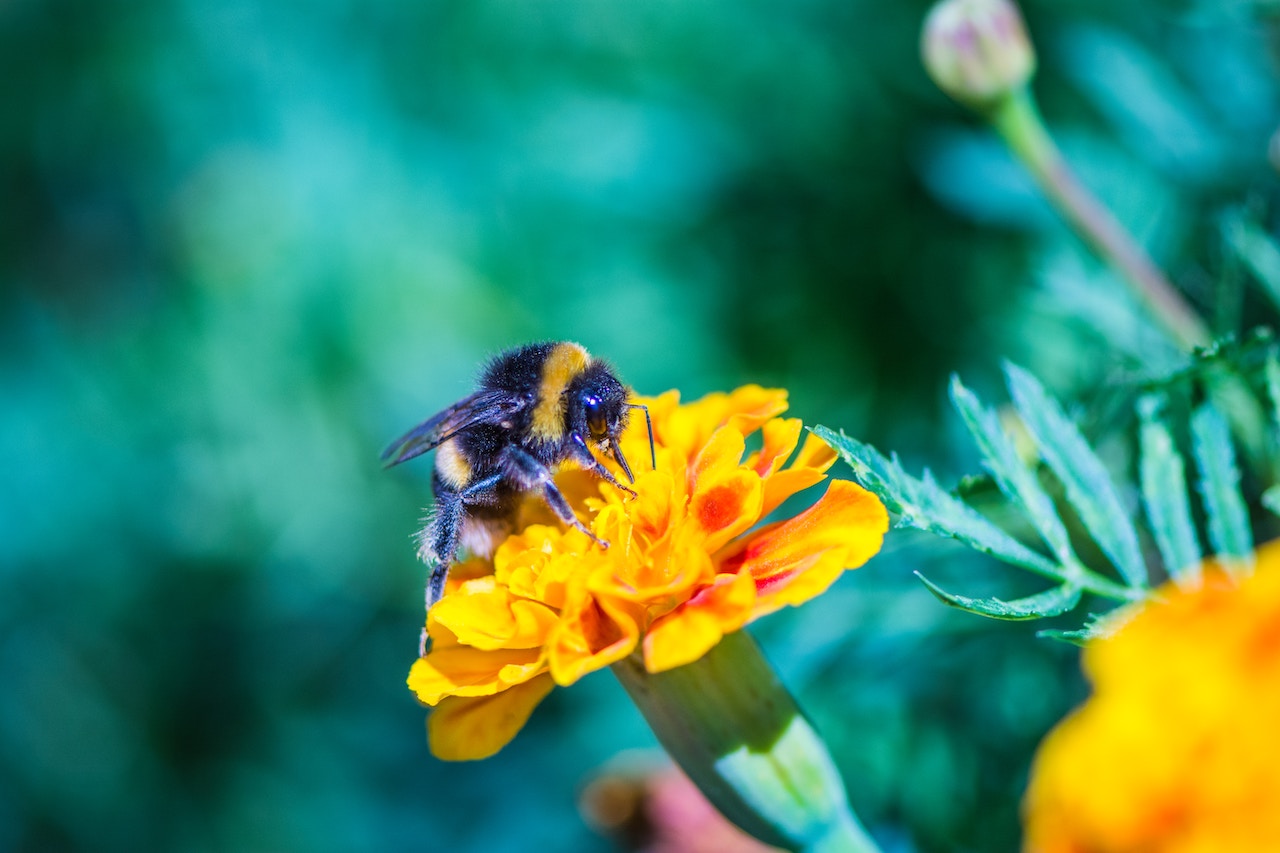HayMax, the allergen barrier balm brand, is supporting Allergy UK’s Allergy Awareness Week, taking place from the 22nd to the 28th April. The week-long event raises ‘awareness about allergies, their impact on individuals’ lives, and the importance of understanding, managing, and treating these conditions.’
The theme of this year’s Allergy Awareness Week is ‘I Wish I Knew’ – a reminder of the knowledge gaps that still exist around allergies. Allergies are on the rise, and by 2026, it’s estimated that 1 in 2 people in Europe will be living with an allergy. Despite this growing prevalence, many people still don’t appreciate that allergy is a chronic health condition – not just a minor inconvenience. Consequently important information about allergic disease is overlooked or disregarded. This can include understanding how allergies can affect your overall health and why early intervention is crucial in ensuring allergies are well managed.
HayMax, which produces a range of organic, natural and drug free allergen barrier balms to benefit people affected by pet, dust and hay fever allergies, as well as asthma. Airborne allergens expert, and HayMax founder Max Wiseberg tells us more about airborne allergies, the causes, symptoms, treatments available and some lifestyle tips to lessen the effect.
“An allergic reaction is an overreaction of the body’s immune system to an otherwise harmless substance,” explains Max. “The substance which triggers the reaction is called an ‘allergen’. This can be anything from pollen and dust, to foods or even latex. The body reacts by producing excess histamines. This causes symptoms which can range from a rash or itching to difficulty breathing.”
“Allergic rhinitis is an allergic reaction to airborne allergens. Seasonal allergic rhinitis, or hay fever, is an allergic reaction to pollen and other airborne allergens such as fungal spores. Most people who suffer from hay fever are allergic to grass pollen, which peaks between late March through June and July, and many are allergic to tree pollen, which peaks from March to May. Perennial allergic rhinitis occurs all year round and is typically an allergy to dust or pet allergens.”
“Common hay fever symptoms include sneezing, a runny nose, a stuffed up nose, itchy and watery or streaming eyes, nasal congestion and a general stuffed up feeling in the nose and throat. Some people also experience itching around the face and mouth including an itchy mouth, itchy roof of mouth, and a burning sensation in the throat. Headaches and wheezing can also occur.”
“Indoor allergy symptoms caused by dust or pets can be very similar to the more well-known hay fever symptoms. Common symptoms include sore, itchy, watery, red eyes, sneezing and wheezing and cold like symptoms such as a runny nose and sinus pain. Asthma can be triggered by many of the allergens found in our homes. In some rare cases, sufferers can experience extreme symptoms such as shortness of breath or even anaphylaxis.”
“There are many treatments and remedies available for hay fever sufferers. Treatments for indoor allergies are similar to those for hay fever.”
“Avoiding the allergen is always key with any allergy, whatever it might be. So apply an organic, drug free allergen barrier balm to the nostrils and bones of the eyes in the morning and throughout the day. HayMax allergen barrier balm has been proven, to trap over a third of pollen particles as well as dust and pet allergens [2] before they enter the body where they can cause symptoms.”
“There are a number of natural products available. Natural antihistamine tablets and capsules include quercetin and butterbur. You can also buy natural eye drops which contain a herb called Euphrasia or Eyebright. This relieves inflammation and swelling and is thought to be a helpful allergy relief remedy. Several saline (salt) washes are available too.”
“Immune boosting wellness formulae contain natural ingredients with a history of benefits and clinically researched actions which help support the immune system and its ability to deal with allergens. A sneeze beam uses phototherapy to combat allergy symptoms, two light beams are inserted into the nostrils to block the receptors which react to pollen. Based on acupressure, an acupressure band is a non-invasive, natural way to treat allergy symptoms. It is worn on the elbow and uses acupressure to target the Qu-Chi point, a key pressure point on the elbow associated with allergy symptoms.”
“There are some practical measures you can take to reduce the amount of allergens you breathe in. When outdoors, wear wraparound sunglasses to prevent pollen particles coming in contact with your eyes. And tie your hair up and wear a hat or other head cover to prevent pollen particles being caught in your hair.”
“And around the home, close windows and doors to prevent pollen blowing into your home. Vacuum your home regularly (especially beds and fabrics) to remove pollen, dust and pet allergens, and damp dust surfaces to remove pollen – damp dusting helps prevent allergens being dispersed back into the air. If you have a pet then ensure that it is well groomed and shampooed as much as possible to remove pet allergens and pollen particles and keep it out of the room in which you sleep.”
“Stay hydrated and eat lots of fruit and vegetables to stay healthy and support your immune system. And shower at night before sleeping to remove pollen particles and pet hair from your hair and body.”
To support Allergy Awareness Week, visit the Allergy Awareness Week website to access campaign resources; fundraising ideas and tools to help you and your money raising endeavours go off with a bang; materials to support conversations with your local MP; and inspiring stories of people who against the odds are living with allergies.




